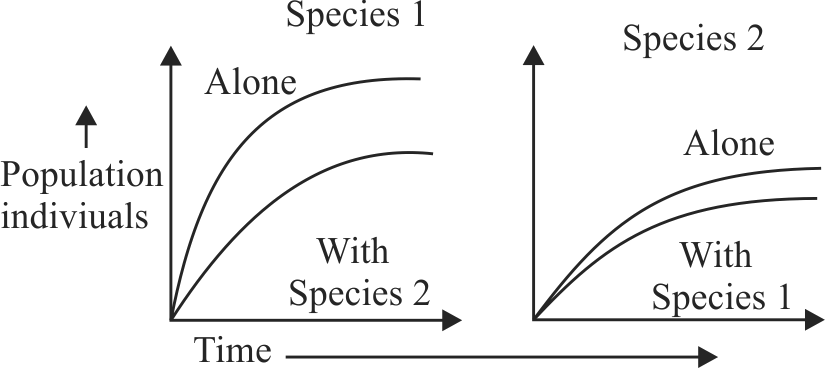344210
Given below are two statements:
Statement A :
Gause’s ‘Competitive Exclusion
Principle’ states that two closely related species
competing for the same resources cannot coexist indefinitely and competitively inferior
one will be eliminated eventually
Statement B :
In general, carnivores are more
adversely affected by competition than
herbivores
In the light of the above statements, choose the
correct answer from the options given below:
344210
Given below are two statements:
Statement A :
Gause’s ‘Competitive Exclusion
Principle’ states that two closely related species
competing for the same resources cannot coexist indefinitely and competitively inferior
one will be eliminated eventually
Statement B :
In general, carnivores are more
adversely affected by competition than
herbivores
In the light of the above statements, choose the
correct answer from the options given below:
344210
Given below are two statements:
Statement A :
Gause’s ‘Competitive Exclusion
Principle’ states that two closely related species
competing for the same resources cannot coexist indefinitely and competitively inferior
one will be eliminated eventually
Statement B :
In general, carnivores are more
adversely affected by competition than
herbivores
In the light of the above statements, choose the
correct answer from the options given below:
344210
Given below are two statements:
Statement A :
Gause’s ‘Competitive Exclusion
Principle’ states that two closely related species
competing for the same resources cannot coexist indefinitely and competitively inferior
one will be eliminated eventually
Statement B :
In general, carnivores are more
adversely affected by competition than
herbivores
In the light of the above statements, choose the
correct answer from the options given below:

